Viet Tri Paper Joint Stock Company applies technical solutions to improve operational efficiency and reduce material consumption.
Utilize resources, reduce emissions
Phu Tho province (new) is a merger of three provinces Phu Tho, Vinh Phuc, Hoa Binh , opening up many opportunities, potentials and new development space for the economy and society. To meet the development requirements, circular economy, green economy plays an essential role in the efficient use of resources, minimizing environmental impacts and moving towards green growth.
According to Article 142 of the Law on Environmental Protection 2020, circular economy is a model in which the entire process of design, production, consumption, and service provision is aimed at reducing resource exploitation, extending product life cycles, limiting waste generation, and minimizing negative impacts on the environment. In the province, circular economy is being gradually implemented in many fields such as agriculture, industry, construction, transportation, waste management, etc., contributing to shaping a sustainable development model.
In the industrial sector, the province has gradually completed waste treatment infrastructure to ensure that the production process takes place in a circular and closed direction. To date, over 80% of industrial parks and over 50% of industrial clusters in the province have centralized wastewater treatment systems that meet standards. The implementation of a circular economic model in industry not only helps to effectively utilize used raw materials, reduce waste treatment costs, but also limits the exploitation of new resources, saves water and increases the efficiency of raw materials.
Viet Tri Paper Joint Stock Company, with a production capacity of about 150,000 tons of finished paper per year, has implemented many solutions to effectively use resources and reduce emissions. Each year, the company consumes nearly 900,000m3 of water , of which about 70% is reused after treatment thanks to a relatively well-invested wastewater treatment system.
Mr. Tran Van Manh - Head of the Company's Organization and Administration Department said: "The paper industry focuses on the recovery and recycling of paper in parallel with technology investment, in order to optimize resources and minimize environmental impacts, in line with the orientation of circular economic development. Currently, the Company uses paper scrap as raw materials for production, of which the amount of recycled margins for packaging paper production accounts for 90% of the raw materials. And since 2014, the Company has converted boiler fuel from coal to by-products from wood processing, contributing to reducing greenhouse gas emissions and taking advantage of renewable raw materials."
In the agricultural sector, the development of a circular economy is initially based on the application and transfer of technical advances, the organization of large-scale concentrated production areas, the application of safe and organic farming processes, the reduction of the use of chemical inputs, the utilization of by-products and the increase of agricultural product value. To date, the total crop area of the province has 3,900 hectares certified by VietGAP; 153 hectares by GlobalGAP; 1,900 hectares by RA; and nearly 110 hectares by organic certification. Many types of agricultural waste are reused as organic fertilizers, reducing the amount of waste discharged into the environment.
Ms. Van Thi Yen's farm (Vinh Tuong commune) has a farming scale of over 1 hectare, of which the greenhouse area is over 5,000m2, growing cucumbers, melons, grapes, etc. Ms. Van Thi Yen said: "The farm cultivates organically and applies the achievements of science and technology 4.0 to production, deploying a smart agricultural monitoring system to effectively control environmental factors, and installing a drip irrigation system integrated with nutrients, bringing water and nutrients directly to the plants. In addition, the farm uses a supplementary lighting system when natural light is not enough, combined with humidity and temperature management in the greenhouse to create optimal conditions for plant growth. In particular, the sustainability factor is emphasized through the use of by-products from the production process to compost into organic fertilizer, contributing to building a green, low-emission agricultural model, in line with the current trend of circular agricultural development".
Not only in industrial and agricultural production, production and consumption activities in the province also have positive signals. There have been a number of initiatives, sustainable production and consumption models, models of effective use of resources, recycling and reuse of waste that have been widely replicated.
Ms. Van Thi Yen's farm (Vinh Tuong commune) cultivates organically, reducing emissions.
Synchronizing solutions - Creating momentum for circular economy development
In the context of complex climate change, increasingly depleted resources and increasing environmental pollution, developing a circular economy is no longer an option but has become an inevitable requirement. Although it brings long-term economic and environmental benefits, many businesses and individuals still do not really understand this model as well as how to apply it in practice. In particular, the initial investment costs for infrastructure, recycling technology, waste treatment and circular production process design make it difficult for many businesses, especially small-scale ones. However, transforming towards a circular economy and green production is an urgent requirement in the current period, especially for industrial enterprises to meet market standards and international integration, forcing businesses to adapt, proactively innovate technology, and adjust production processes.
On January 23, 2025, the Prime Minister issued Decision No. 222/QD/TTg on the National Action Plan for the implementation of the circular economy by 2035. The plan specifies the roadmap for the implementation of the circular economy in accordance with the provisions of the Law on Environmental Protection 2020, Decree No. 08/2022/ND-CP dated January 10, 2022 of the Government detailing a number of articles of the Law on Environmental Protection and the Party and State's policies and guidelines on the development of the circular economy with viewpoints, goals, tasks, solutions, sectors and priority areas for implementing the circular economy. This is also the basis for ministries, sectors and localities to develop and organize the implementation of the circular economy in accordance with their assigned functions, tasks, scope and management areas.
On that basis, Phu Tho province continues to effectively implement the Action Plan to form a system of sustainable production and consumption structures, effectively use the value of natural resources, maximize the use of used raw materials and materials, limit waste generation and reduce negative impacts on the environment. From there, strongly develop circular economic models in production and business, develop new value chains in the field of circular economy.
Developing a circular economy is a long-term transformation process, requiring the efforts of the whole society, from individuals, businesses to communities in many different fields. In that process, the State and functional agencies play an important role in mobilizing and allocating resources such as finance, research, application development, technology transfer, creating favorable conditions and a supportive environment for the transformation process and application of the circular economic model. When there are incentive mechanisms and policies and they are implemented in the right direction, the circular economy will open up new development space with clean production models, sustainable consumption, waste reduction and maximum use of resource value.
Nguyen Hue
Source: https://baophutho.vn/thuc-day-phat-trien-kinh-te-tuan-hoan-huong-di-tat-yeu-cho-tang-truong-ben-vung-235709.htm


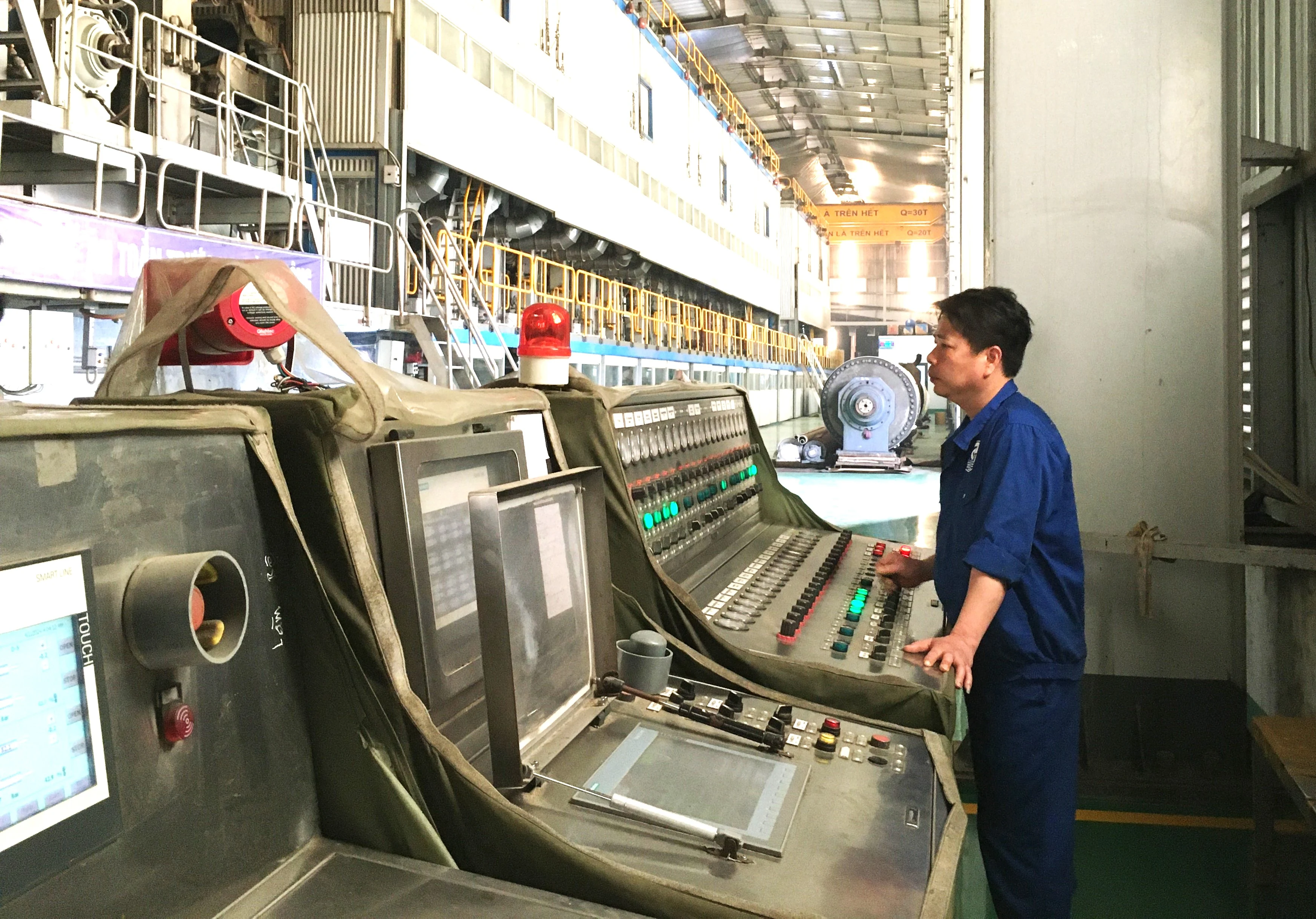
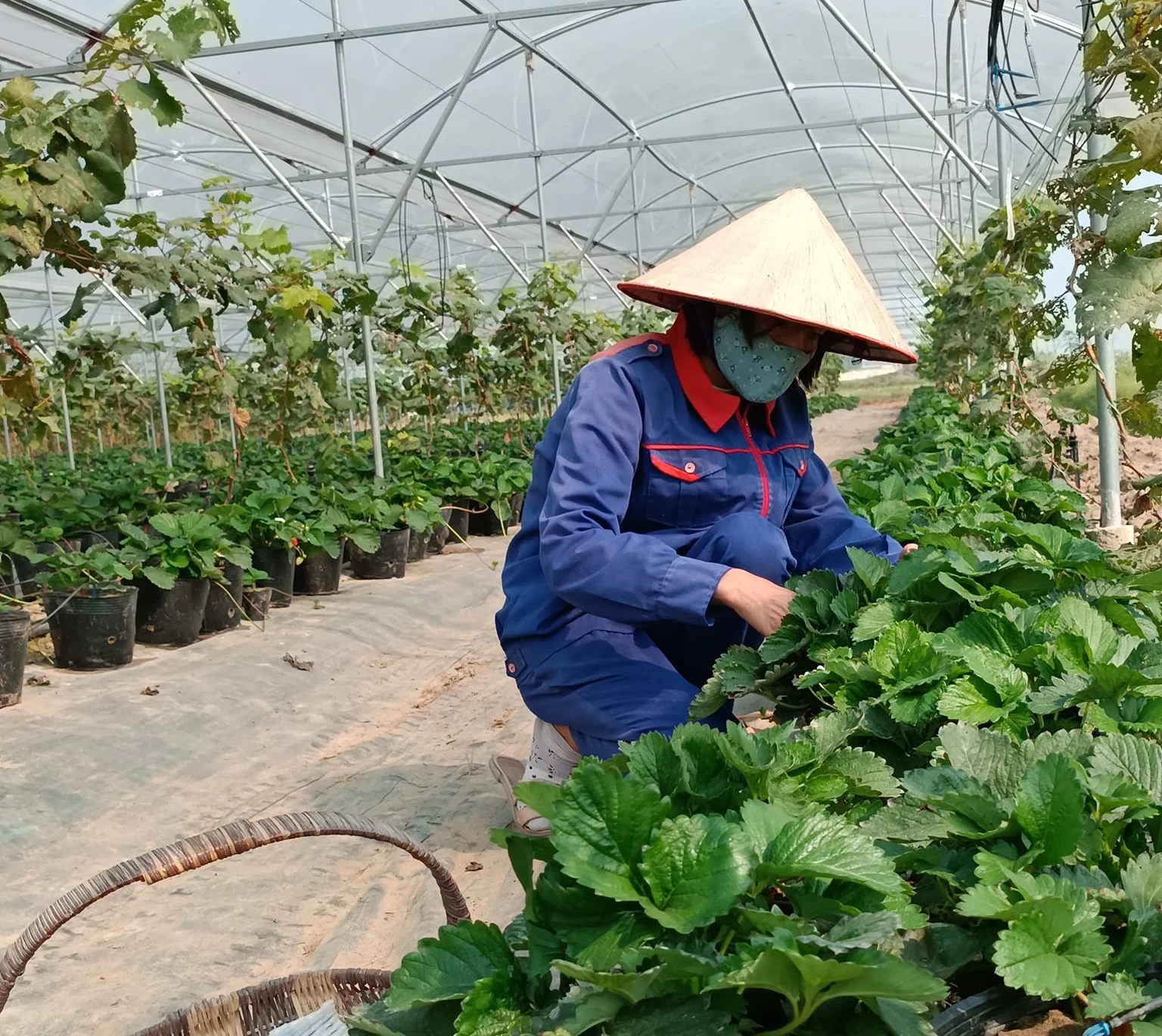
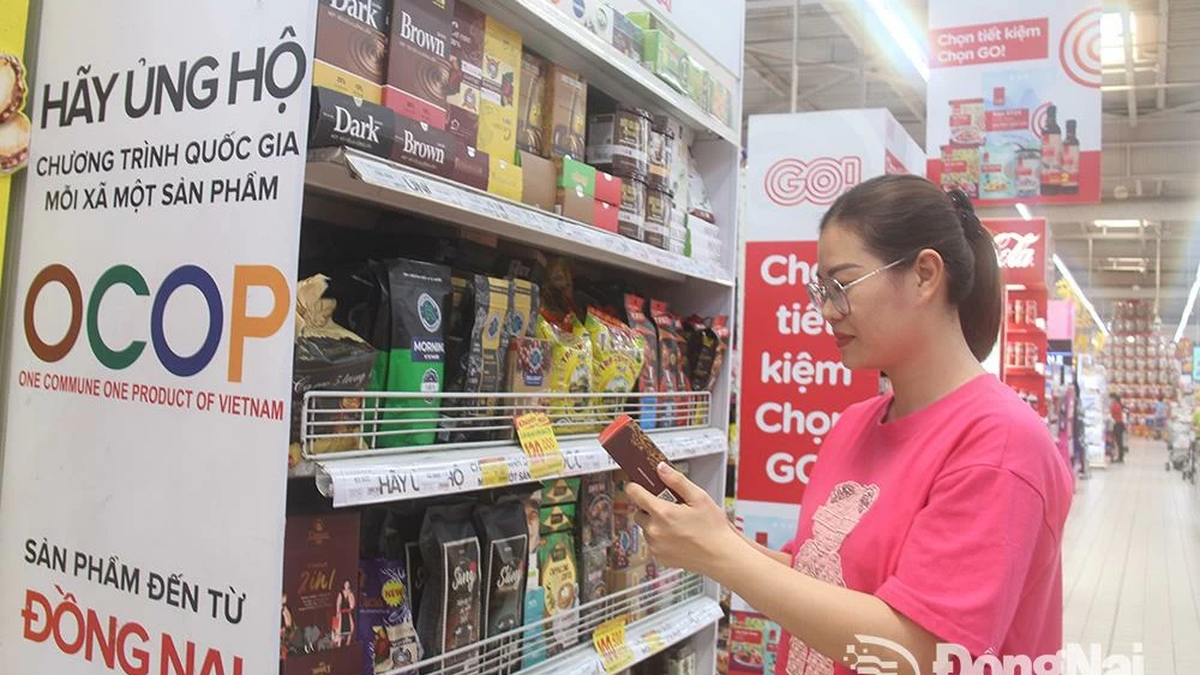
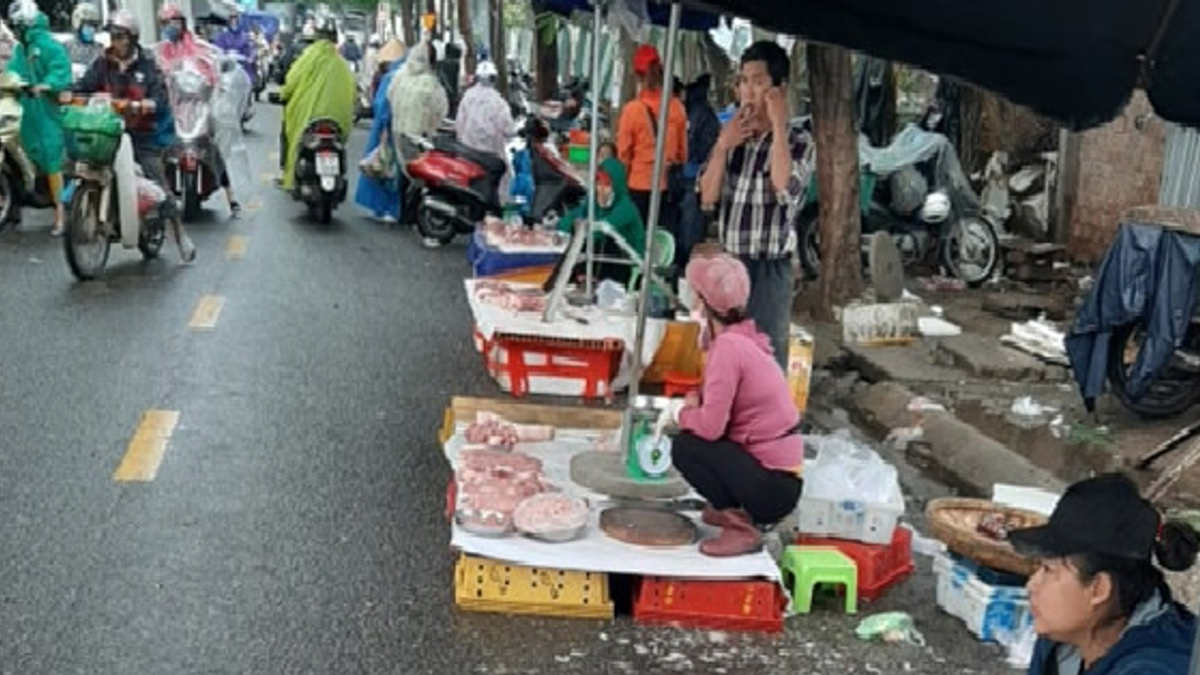
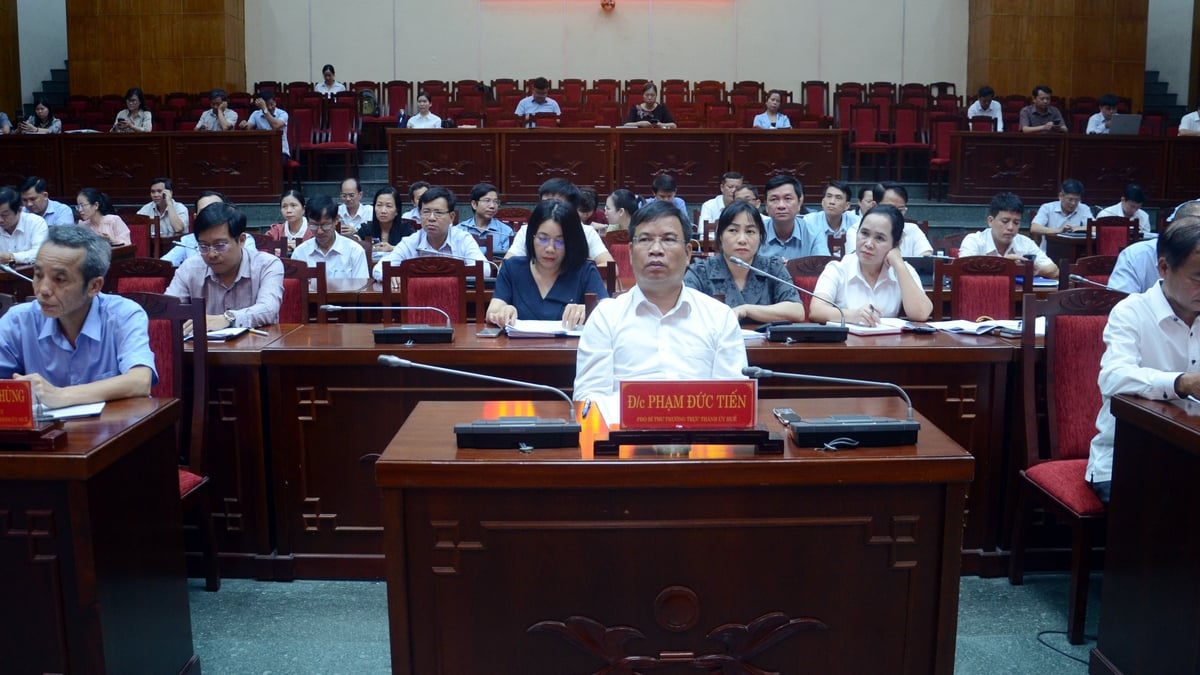
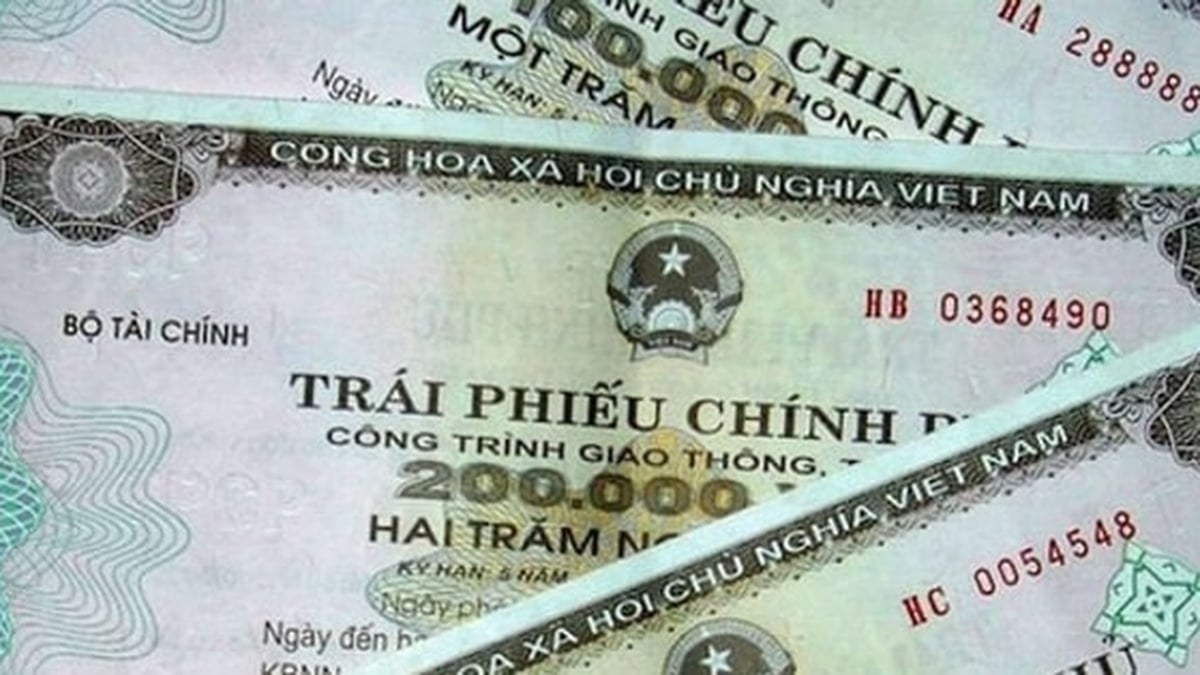

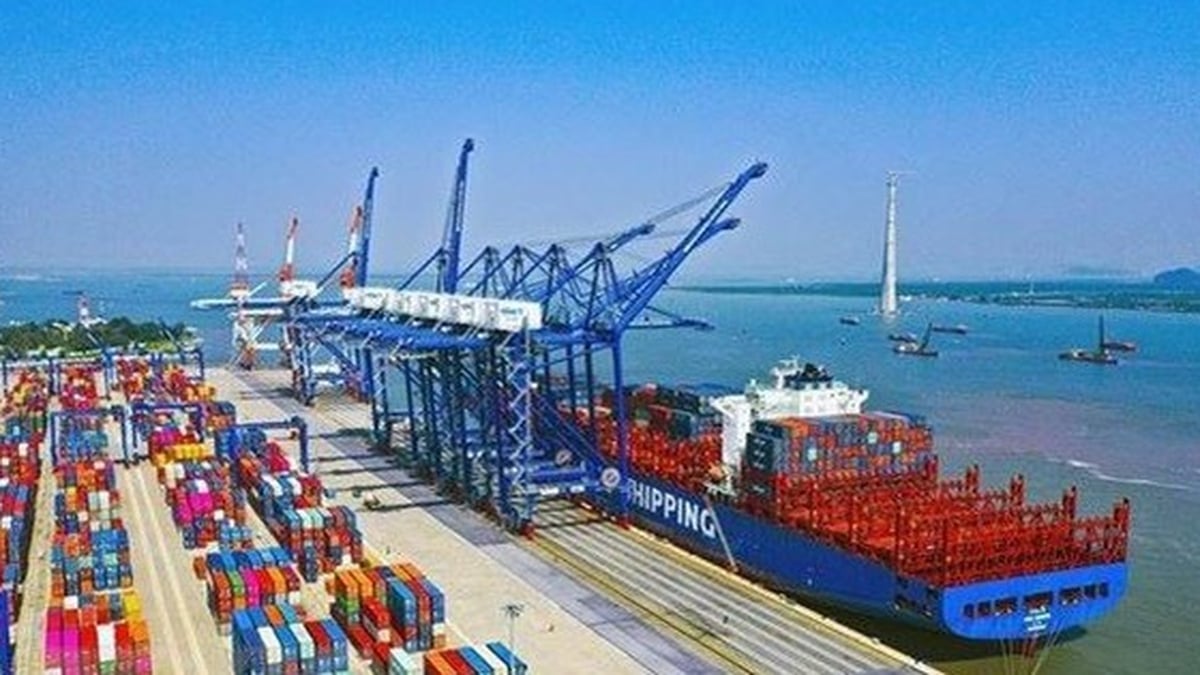
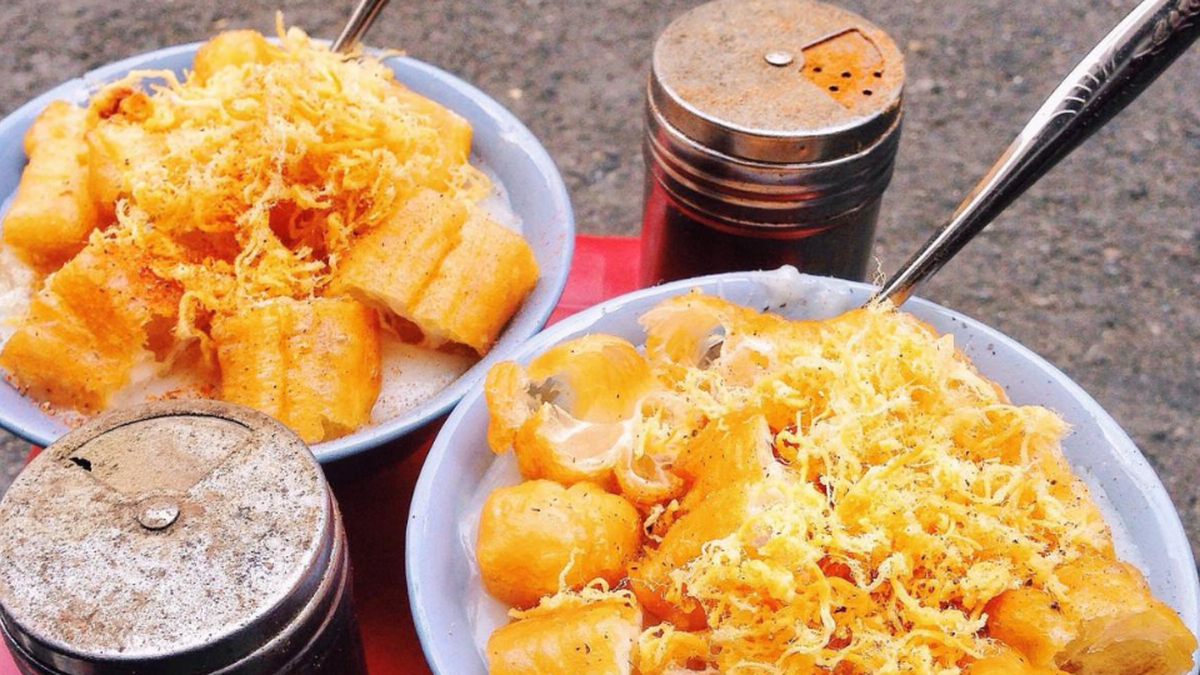
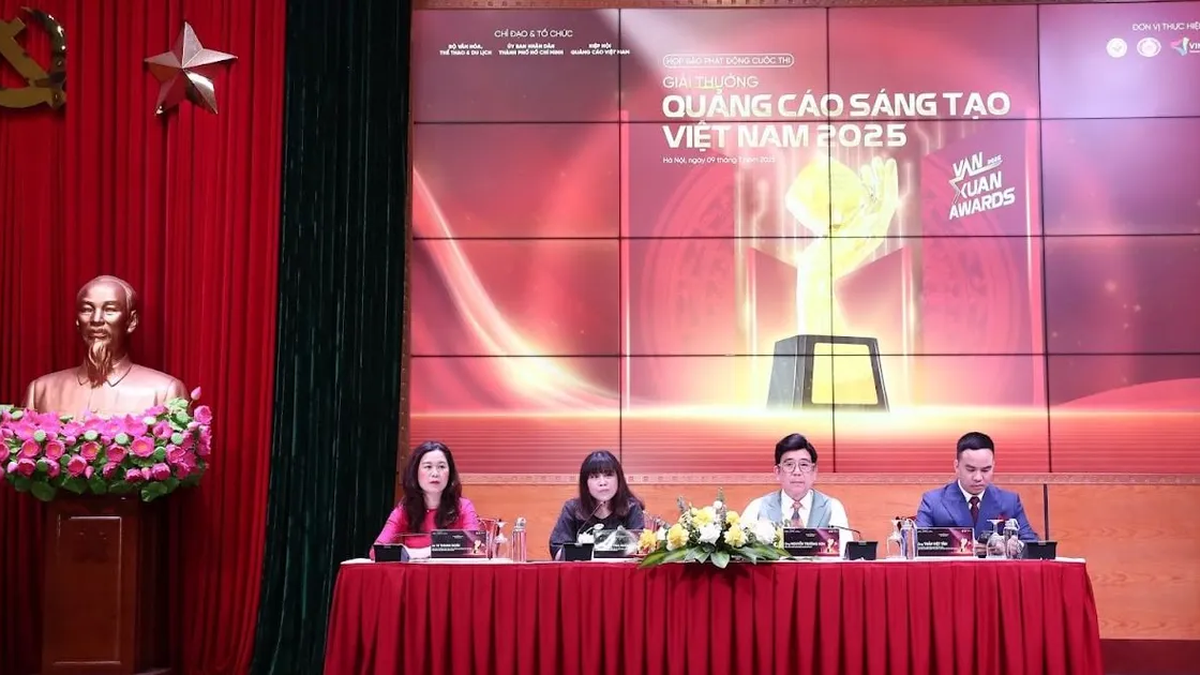
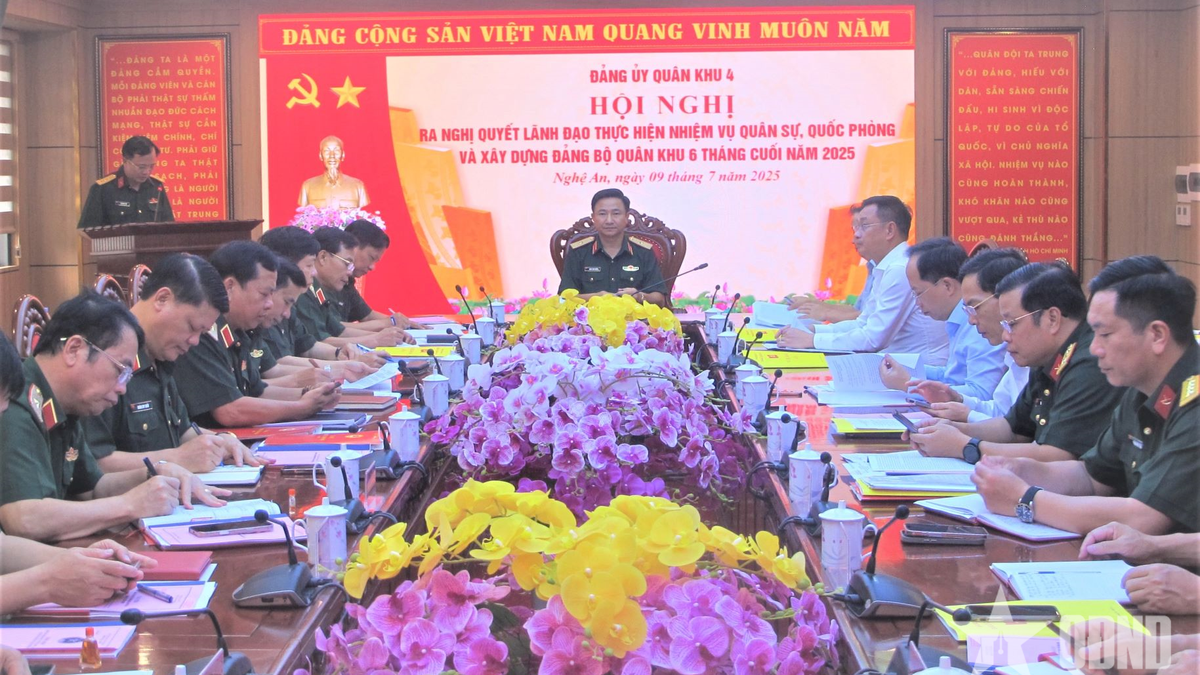
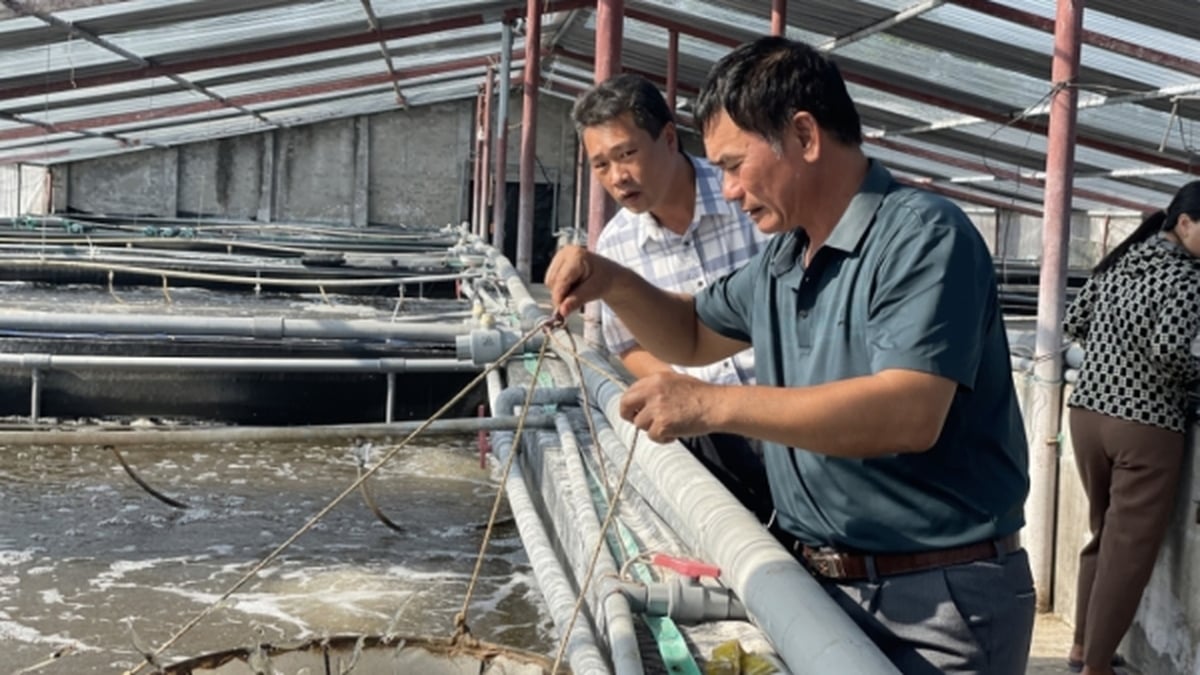











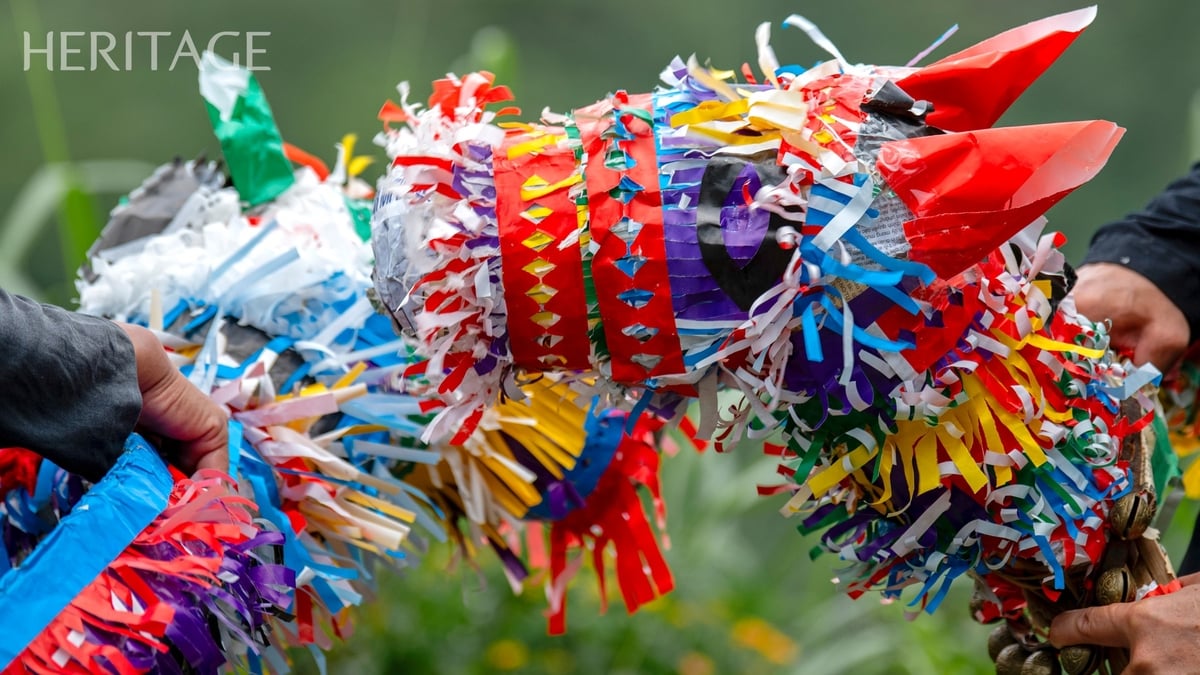










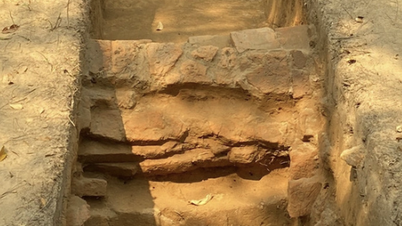

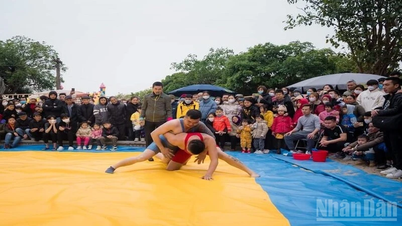















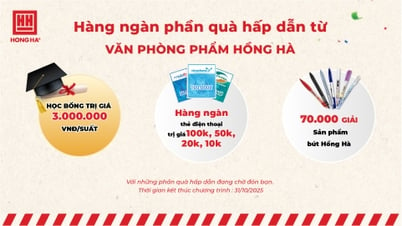

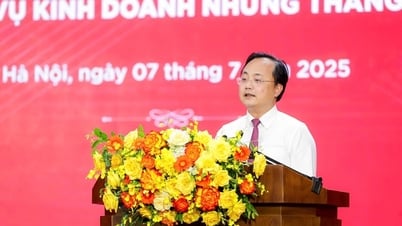

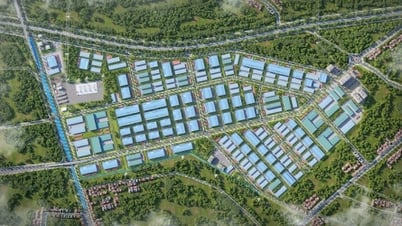




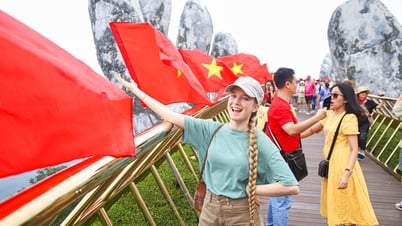





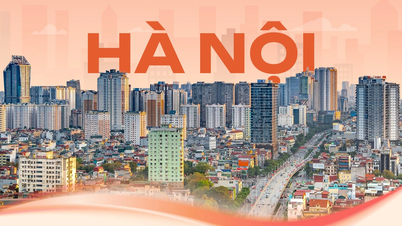


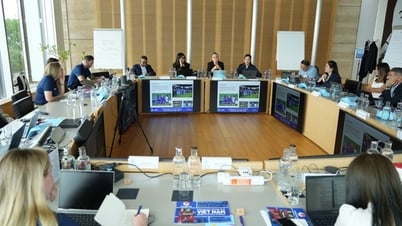
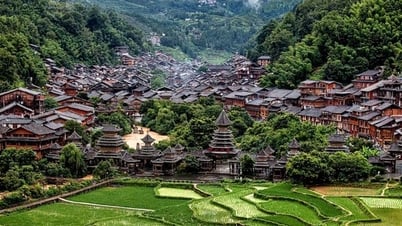
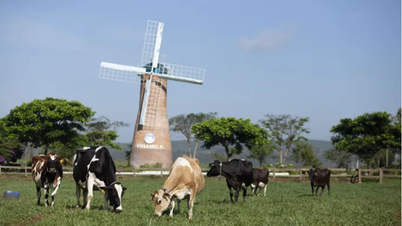

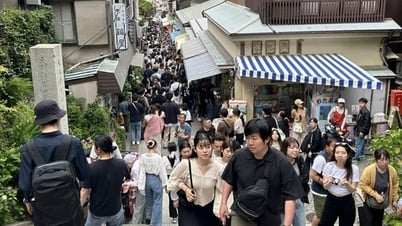
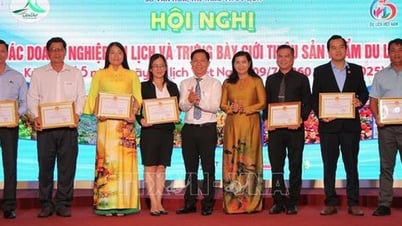







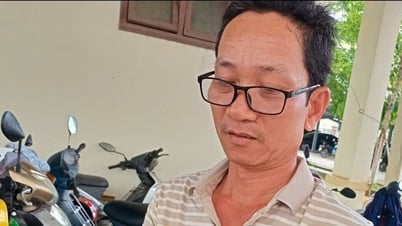

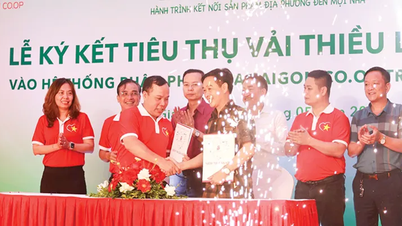

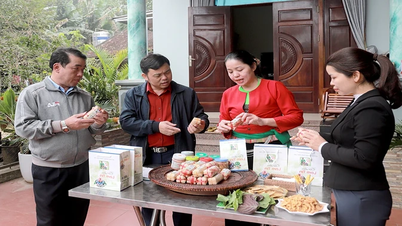





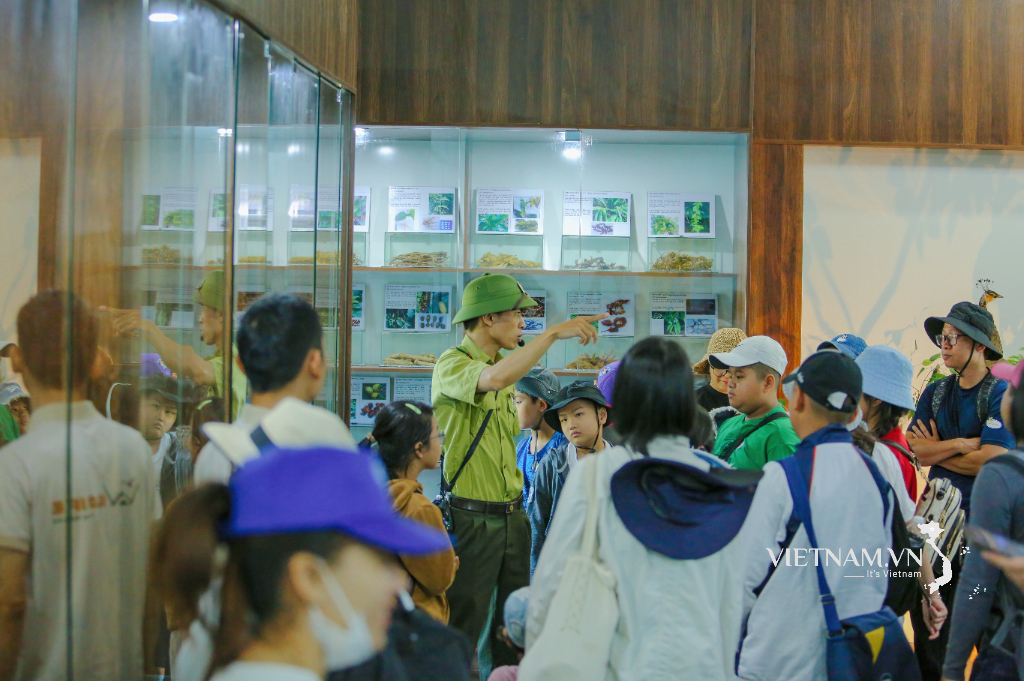
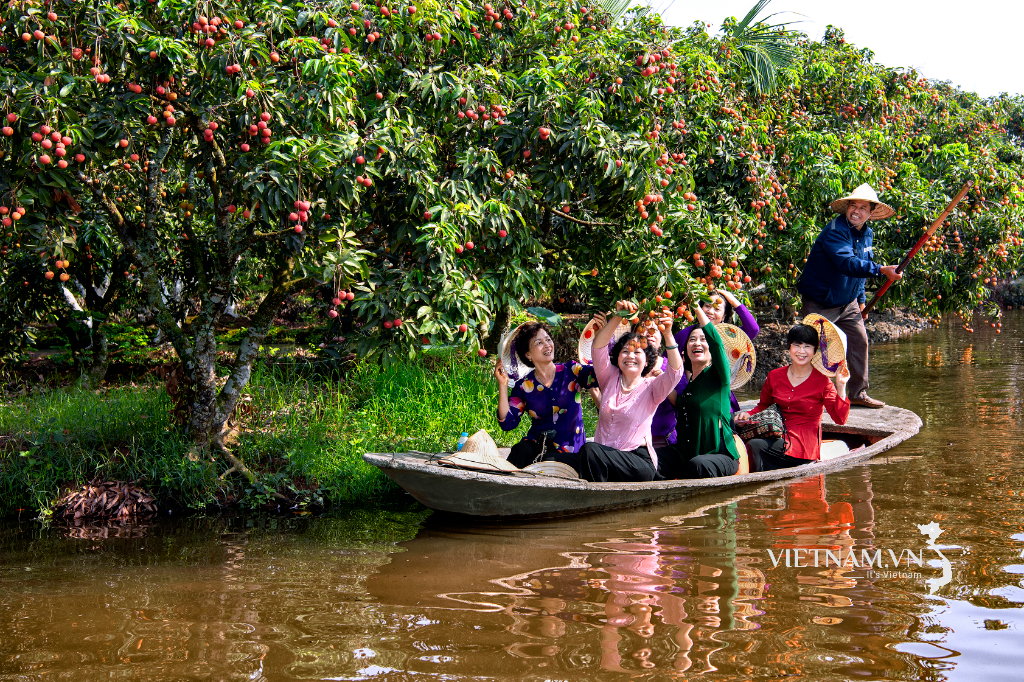
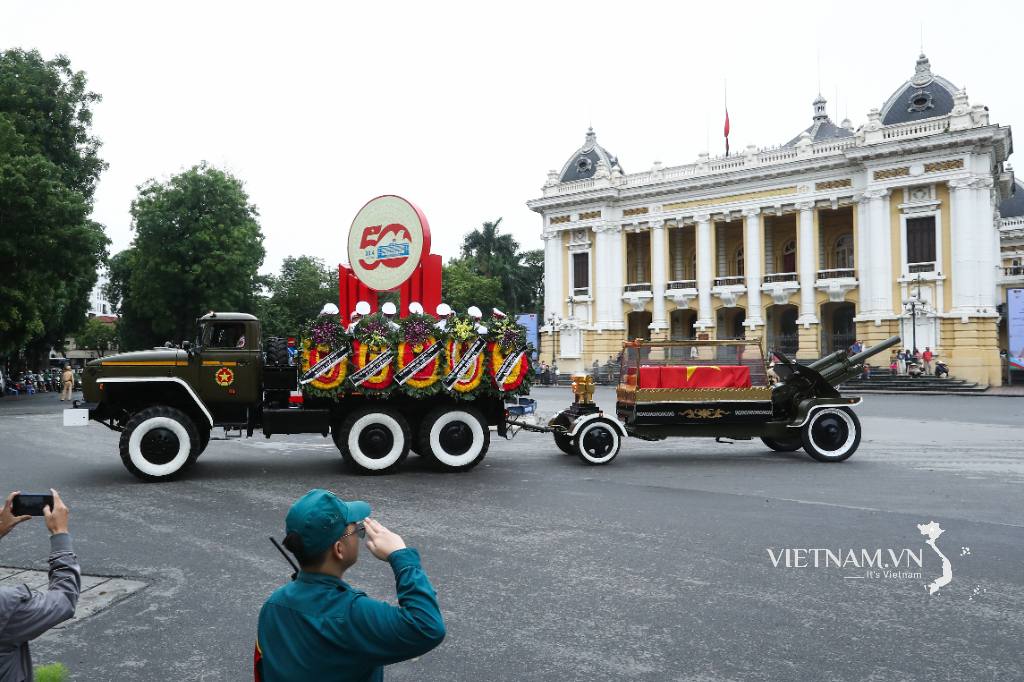

Comment (0)